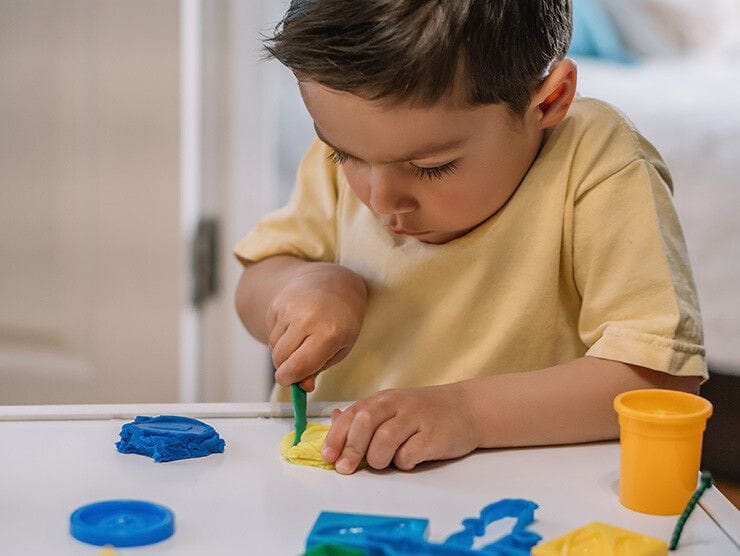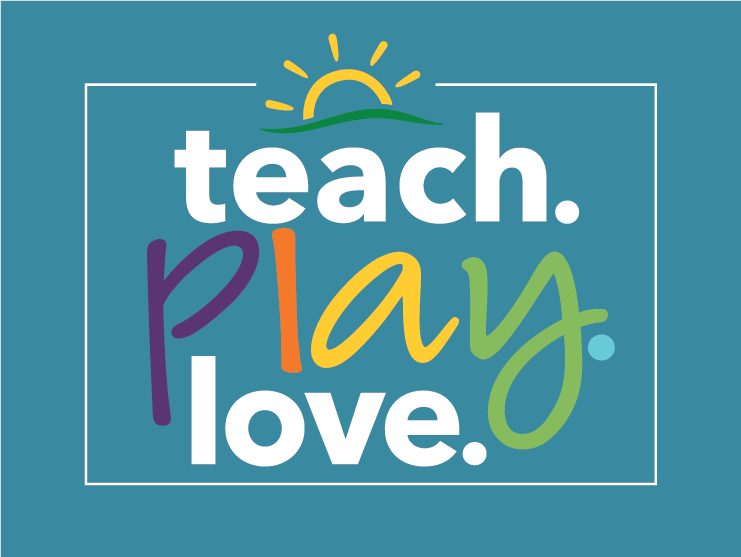Science is all around us, and even the youngest children can be fascinated by the world around them. Activities that promote everyday science for preschoolers introduce them to the concept of Science, Technology, Engineering, and Mathematics, or STEM. Through hands-on experiments, children develop critical thinking, problem-solving, and creativity skills. Here are some easy science activities for kids that are fun and engaging.
Easy science experiments
-
Sink or float
Gather together various objects (e.g., toys, fruits, vegetables) and a bowl of water. Before you begin, ask your child to predict whether the object will sink or float. This activity helps children develop their observation skills and understanding of buoyancy. -
Dancing raisins
Pour clear seltzer or sparkling water into a glass and drop in a few raisins. Have your child watch as the raisins dance up and down from the carbonation. This experiment is a fun way to introduce children to the concept of gases and their properties. -
Magic milk
Pour milk into a shallow dish and add a couple drops of food coloring. Next, add a drop of dish soap. Watch as the colors swirl and mix. Your child will learn how surface tension works, plus, it will be a fascinating visual experience. -
Nature walk
Go on a nature walk and collect different leaves, flowers, and rocks. Discuss the different colors, textures, and shapes with your child. This activity helps children appreciate the diversity of nature and encourages them to explore their surroundings. -
Saltwater density
Fill two clear glasses with water. Add salt to one glass and stir. Place a raw egg in each glass. Observe which egg floats and which egg sinks. Your child will learn how adding salt to water can change its properties. -
Cloud in a jar
Fill a jar with warm water. Place a lid on the jar and add a few ice cubes to the lid. Watch as the clouds form inside the jar. This project is a fun way to introduce your child to meteorology. -
DIY slim
Mix cornstarch with water to create slime. Experiment with different ratios of cornstarch and water to see how it affects the consistency. -
Rainbow in a glass
Add a few drops of food coloring to a glass of water. Shine a flashlight through the glass and observe the rainbow that appears. -
Magnetic magic
Gather a variety of objects with different materials (e.g., metal, plastic, wood, paper). Use a magnet to test whether each object is magnetic, and explain that magnets attract certain types of metals, such as iron, nickel, and cobalt. -
Playdough colors
Create different colors of playdough using food coloring. Mix the different colors together to create new colors, and discuss color theory and primary, secondary, and tertiary colors. -
Sticky notes science
Stick sticky notes to different surfaces and observe how they adhere to each surface. Discuss the concept of adhesion and how the adhesive on the sticky notes allows them to stick to other surfaces. -
Rainbow prism
Use a prism to refract sunlight and create a rainbow. Explain that the light is refracted as it passes through the prism, causing it to break up into different colors. -
Bird feeder
Build a bird feeder using recycled materials. Fill the feeder with birdseed, hang it outdoors, and observe the different birds that visit the feeder. Discuss the different types of birds that live in your area and their habitats. -
Windsock
Create a windsock using colorful fabric and a dowel rod. Hang the windsock outside on a windy day and watch it spin in the wind. Discuss the concept of wind and how it can be measured. -
Lava lamp
Fill a clear jar with vegetable oil and add a few drops of food coloring. Next, pour a small amount of seltzer into the jar. Observe the jar as the seltzer reacts with the oil and water, creating bubbles that rise and fall. -
Tornado jar
Fill a clear jar with water and add a few drops of food coloring. Spin the jar in a circular motion and watch as a tornado-like vortex forms in the water. -
Lemon volcano
Mix baking soda and lemon juice in a bowl. Pour the mixture into a volcano-shaped container, and watch in awe as it foams and erupts. -
Homemade compass
Place a needle on a cork and float the cork in a bowl of water. Allow the needle to rotate freely until it comes to rest, and observe the direction the needle points. Explain to your child that the needle is pointing north due to the Earth’s magnetic field. -
Rain gauge
Create a rain gauge using a clear plastic container and a ruler. Place the rain gauge outside and measure the amount of rainfall. Discuss the importance of measuring rainfall and understanding weather patterns. -
Greenhouse
Place soil inside a clear container to create a tiny greenhouse. Plant seeds inside the greenhouse and observe how they grow. Discuss the concept of greenhouses and how they can be used to grow plants in controlled environments.
These ideas are just a few examples of science activities for preschoolers. Remember, the most important thing is to have fun and foster your child’s curiosity. With a little creativity and imagination, you can turn everyday objects and experiences into fun science projects for kids.





